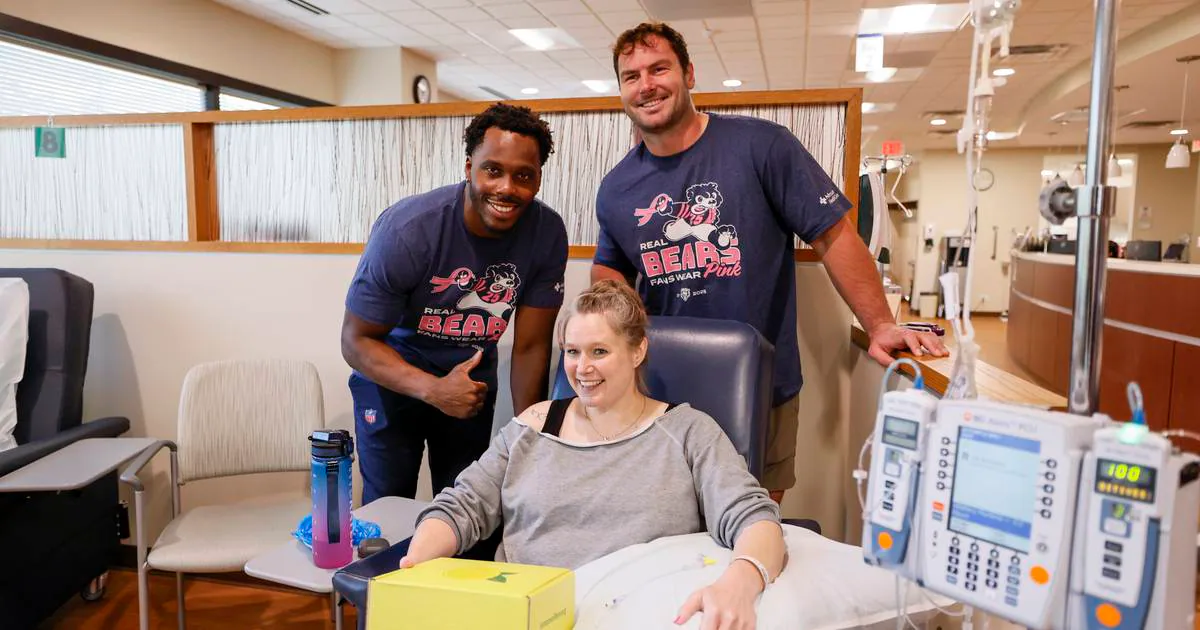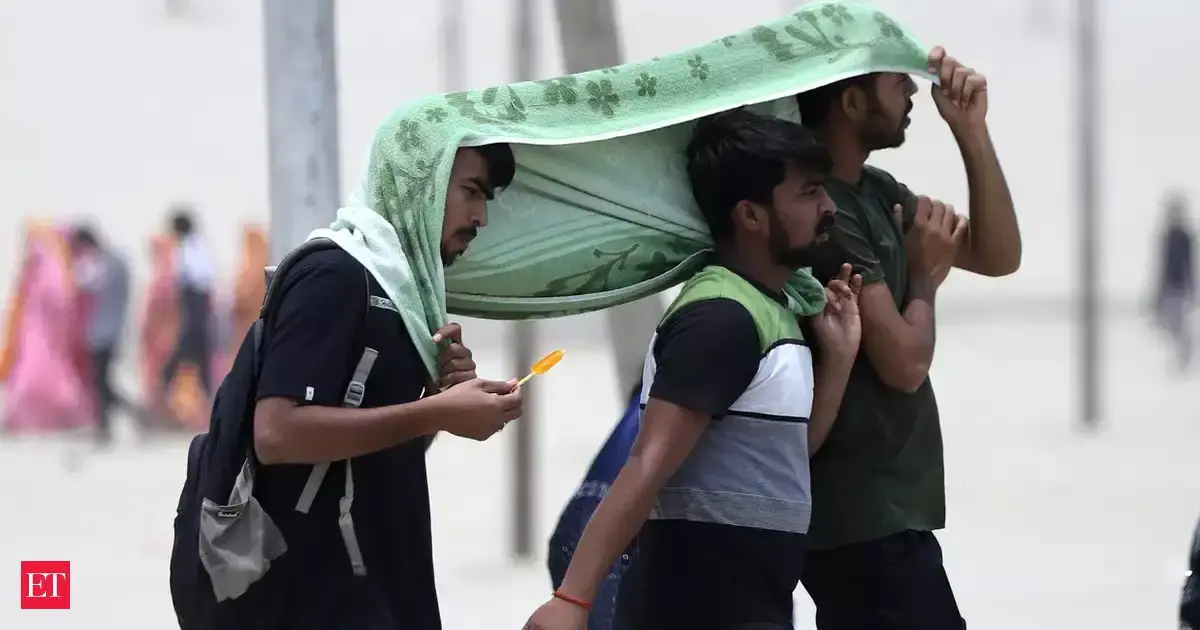Copyright scmp

Satellite images analysed on Wednesday appear to show mass burials being conducted in El-Fasher in Sudan’s Darfur region after the paramilitary Rapid Support Forces seized it, further raising concerns about the scale of the violence that descended on the city. The images of El-Fasher come as the two-year war grinds on in Sudan despite growing international outrage, with local media and the United Nations reporting a drone strike targeting a funeral in another city called El-Obeid, killing at least 40 people. The Yale School of Public Health’s Humanitarian Research Lab analysed images of El-Fasher shot by Vantor, an imaging firm based in Colorado formerly known as Maxar Technologies. Those images appear to show mass graves being dug and later covered at two sites in the city, one at a mosque just north of the Saudi hospital where some 460 people reportedly had been killed and another by a former children’s hospital that the RSF had been using as a prison, the researchers said. “It is not possible based on the dimensions of a potential mass grave to indicate the number of bodies that may be interred; this is because those conducting body disposal often layer bodies on top of each other,” their report said. Associated Press separately obtained access to the Vantor imagery and saw the details that corresponded to the Yale lab’s report at the sites. AP also accessed satellite photos shot by Planet Labs PBC on Tuesday, which showed different-coloured soil at both the sites, which typically indicates the ground being dug up and then reburied. Earlier satellite images analysed by the Yale lab and AP showed white objects on the grounds of the Saudi hospital and near the children’s hospital immediately after the RSF’s seizure of El-Fasher. The Yale lab identified those as likely being corpses, with blood stains also seen from space. Satellite imagery has become an indispensable tool for non-governmental organisations and journalists in regions where access is difficult or impossible - including Gaza, Ukraine and Sudan. The RSF has denied killing anyone at the Saudi hospital, but testimonies from those fleeing El-Fasher, online videos and satellite images offer an apocalyptic vision of their attack. The RSF also has published repeated videos from El-Fasher in recent days as they faced growing international horror and condemnation over the attack, including some at the hospital. Details of the footage corresponded to known features at the hospital. However, the footage never showed areas previously seen in footage shared on social media allegedly showing RSF fighters moving among bodies on the floor and shooting a man sitting up. The AP also analysed Planet Labs photos from October 29 along a northern berm running outside El-Fasher. In those images, white objects similar to those identified by the Yale lab as corpses appeared along it, with one area apparently full of burned-out vehicles. The area corresponds to footage shot showing dozens of corpses and RSF fighters moving through the area, firing and talking to those wounded in the attack. Some of those killed appeared to be armed combatants. One fighter standing alongside RSF forces pictured in videos of the scene has been seen in another video purportedly shooting unarmed prisoners. The RSF said it arrested him on October 30. The Yale lab said in its report Wednesday it appeared some of the corpses from that attack had been taken away. The scope of the overall violence in El-Fasher remained unclear because communications were poor in the region. Those killed included Dr Adam Ibrahim Ismail, who worked in El-Fasher and was shot dead by the RSF in what the Sudan Doctors’ Network described as a “heinous crime” targeting doctors and aid workers. The group said Ismail was detained during the RSF’s incursion of the city and killed in a field. UN Secretary General Antonio Guterres has called for “mechanisms of accountability” over the El-Fasher seizure “because the crimes that are being committed are so horrendous”. As bodies now likely are being buried, that makes any full accounting of the city’s seizure that much more difficult, particularly as investigators would need to dig them up in an area now held by a warring party that allegedly committed the atrocities. The war between the RSF and the Sudanese military began in April 2023. More than 40,000 people have been killed, according to UN figures, but aid groups say the true death toll could be many times higher. The fighting has driven more than 14 million people from their homes and fuelled disease outbreaks. Two regions of Sudan are enduring a famine that is at risk of spreading. Additional reporting by Agence France-Presse



